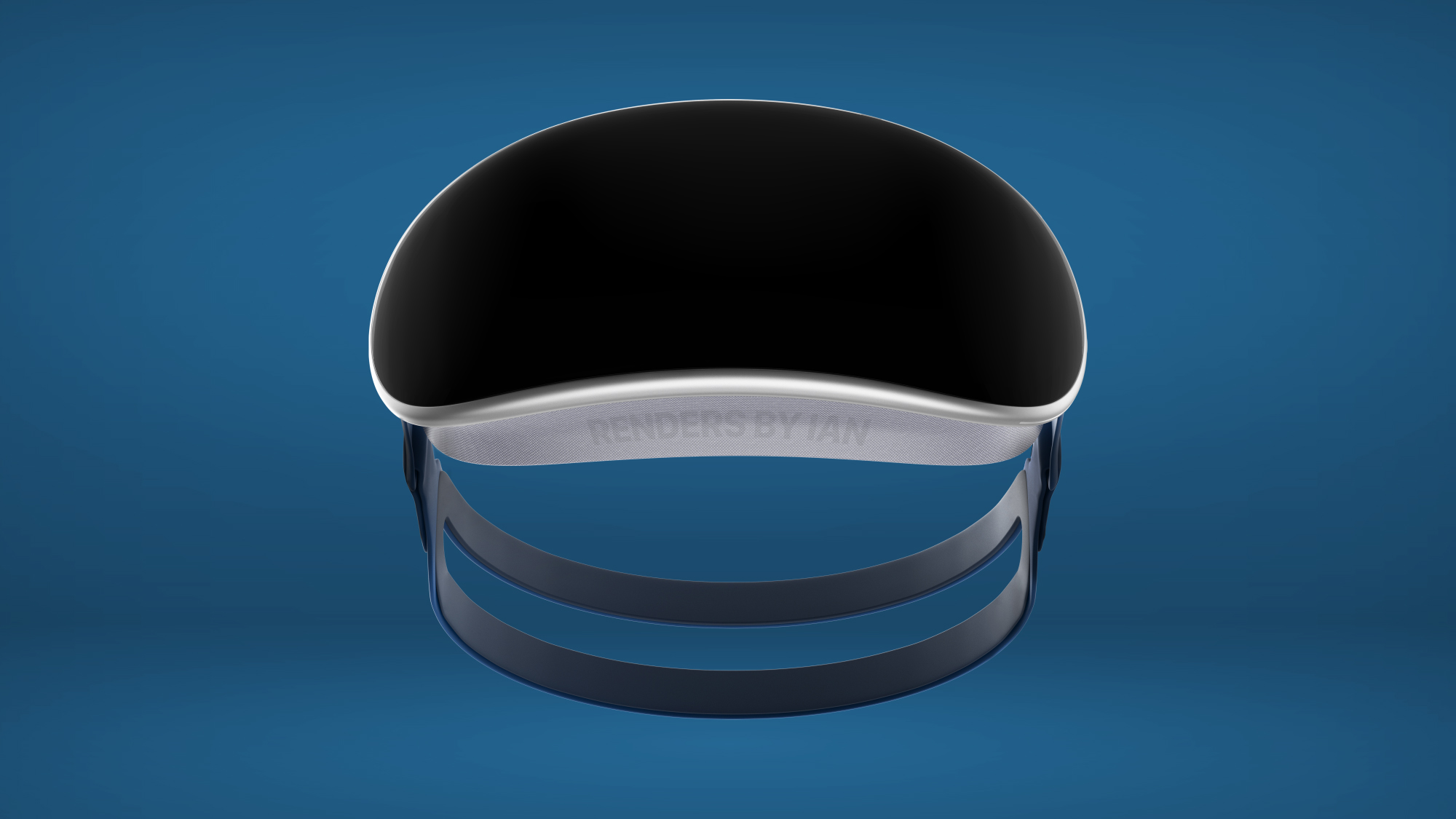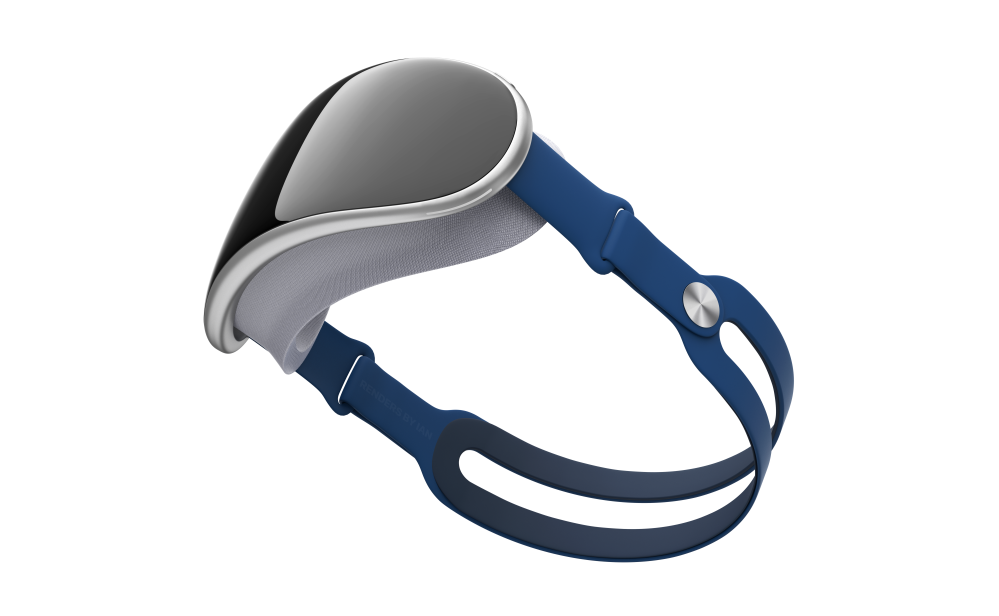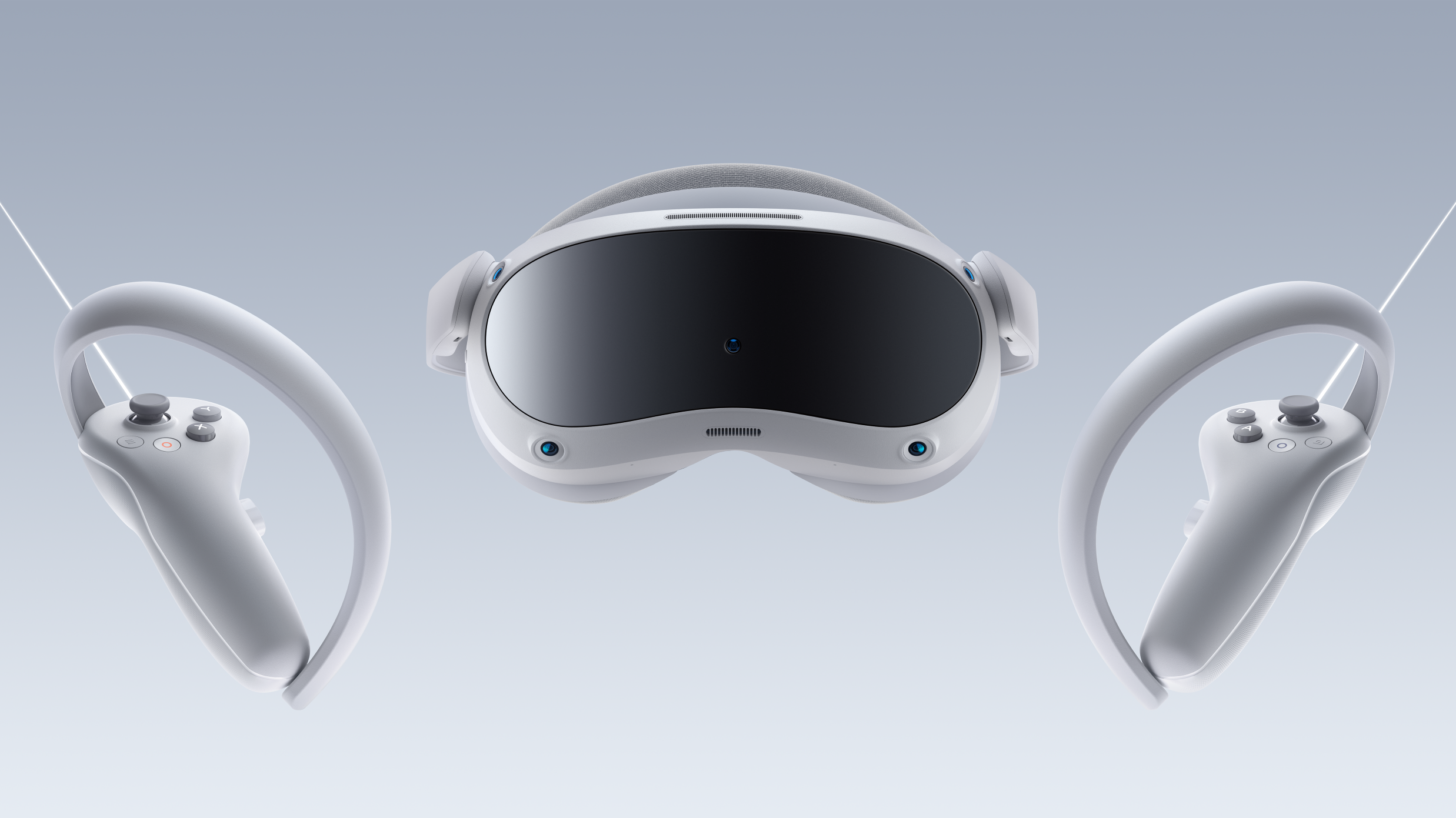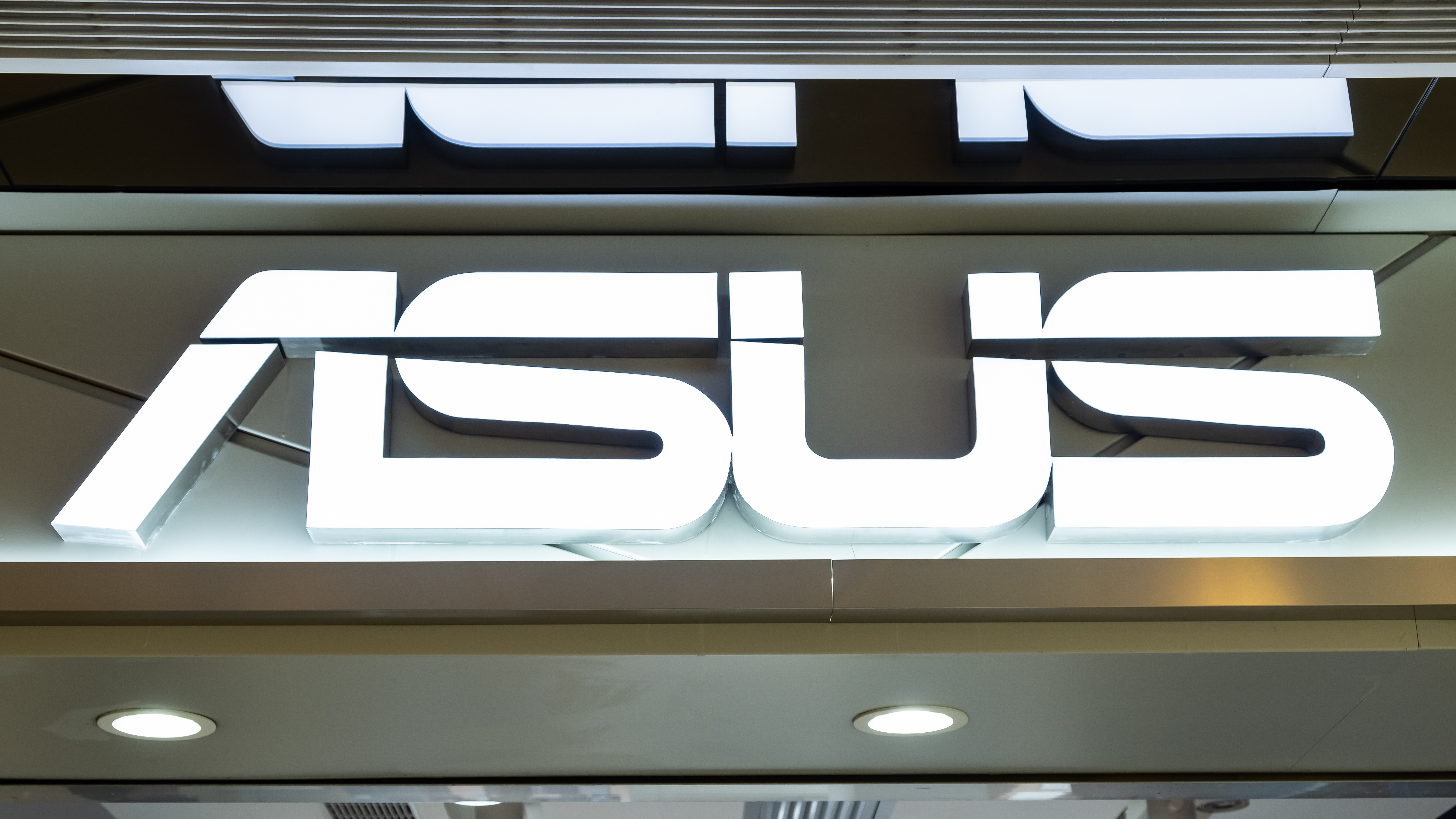Future Apple VR/AR headset just tipped for breakthrough display
OLEDoS technology could have Apple VR/AR lightyears ahead of the competition

We have been hearing news about an Apple VR/AR headset for a while now, and we always knew it would aim to be the best device available when it launches. But if this latest display rumor is true, its successor could be truly elite.
According to TheElec, Apple is now pushing Samsung and LG (through their display-focused subsidiaries) to develop a 3500 pixels-per-inch (ppi) resolution display for the follow-up to the rumored mixed reality device. That’s right — this is an Apple VR/AR headset 2 rumor.
Apple had reportedly previously been aiming for 2800ppi on the sequel to next year’s rumored debut model, which currently would still be best-in-class by a mile. But apparently, that was not good enough for Cupertino, at least if this report is to be believed.
This massive leap in display quality is expected to come from OLEDoS technology, which is currently being developed by Sony, Samsung and LG’s display subsidiaries. But take this rumor with a grain of salt. While TheElec is a reputable source when it comes to display rumors, it even mentions that Samsung is aiming for 3,000ppi resolution OLEDoS displays by 2024. That would still fall short of Apple’s rumored demands.
Apple VR/AR headset: What is OLEDoS?

OLEDoS and LEDoS refer to organic light-emitting diodes on silicon and light-emitting diodes on silicon respectively. If those terms sound vaguely familiar, that’s because OLED and LED displays are incredibly common in today’s current displays. However, these new display technologies use silicon rather than glass substrates to create displays. This allows them to theoretically create a denser pixel resolution than is currently possible with glass displays.
We say theoretically because we have yet to see a mainstream display use this technology. While Sony currently leads the market in OLEDoS technology according to TheElec, there isn’t currently anything from Sony a consumer can buy using an OLEDoS display.
That is expected to change in the next couple of years. The first Apple VR/AR headset won’t hit 3,500ppi, but it is reported to use both a Sony-manufactured and an LG Display-manufactured OLEDoS display. Samsung Display meanwhile is developing OLEDoS displays for virtual reality and mixed reality devices and LEDoS displays for augmented reality devices. So while there is nothing currently on the market using this novel technology, it looks set to become a dominant force in the VR/AR space.
Sign up to get the BEST of Tom's Guide direct to your inbox.
Get instant access to breaking news, the hottest reviews, great deals and helpful tips.
Apple VR/AR headset display versus the competition

The current expectations for the Apple VR/AR headset display are a bit mixed. Current rumors range anywhere from twin 4K to twin 8K displays (one per eye), which would be a massive leap forward.
For reference, the best display currently on the market is the PICO 4 which has a 2,160 x 2,160 resolution, or 1,200ppi. With a rumored 1.4-inch display per eye, the current Apple VR/AR headset rumors peg the headset as having a minimum 2,857ppi resolution — which is a bit absurd in comparison.
Again, take these rumors with a grain of salt. TheElec’s reporting suggested that Apple was requesting 2,800ppi resolution for a follow-up headset, a figure that current rumors suggest that Apple has already exceeded. Given that the best VR headsets and the rumored Meta Quest Pro would not even come close to the resolution these Apple display rumors suggest that something in the rumor mill is a bit off. Then again, the VR/AR headset is also rumored to cost anywhere from $1,000 to $3,000, so suggesting it is in competition with the £379 PICO 4 may be a bit off as well.

Malcolm has been with Tom's Guide since 2022, and has been covering the latest in streaming shows and movies since 2023. He's not one to shy away from a hot take, including that "John Wick" is one of the four greatest films ever made.
